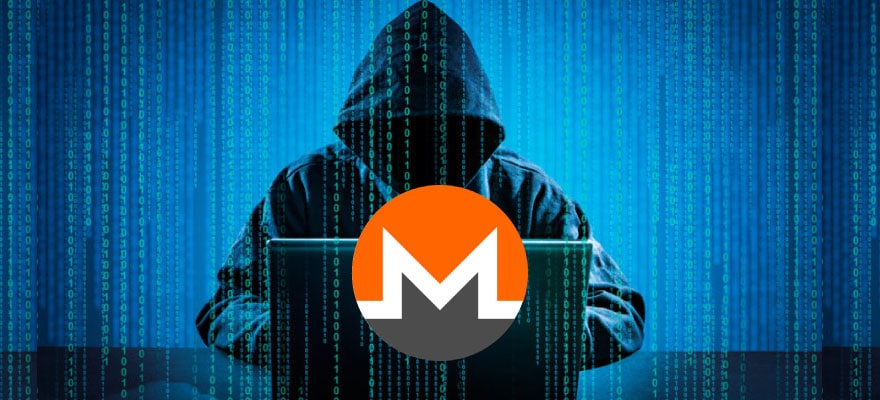Monero cracked? Finnish authorities identify blackmailers

Has the privacy coin Monero been cracked? This is what a Finnish news magazine claims, citing investigations by the KRP criminal police. He managed to find a blackmailer, even though he was using XMR. Many details surrounding the case remain uncertain, but the cryptocurrency’s die-hard user community remains critical of the claim.
Monero cracked? Finnish authorities identify blackmailers
Has Monero, the most popular privacy coin, been successfully cracked? So far, the cryptocurrency is considered the latest in technology and untraceable. To do this, the blockchain uses various functions to achieve encryption.
This approach makes the project very different from most blockchains, which are transparent. However, the Finnish news magazine MTV Uutiset claims in a report on Wednesday that Monero’s privacy is over.
“The KRP has cracked a cryptocurrency that is considered untraceable ,” headlines the magazine. The KRP is the country’s criminal police. She managed to track down a transaction in order to find a blackmailer who wanted to cheat customers of the psychotherapy service provider Vastaamo.
The blackmailer, who was eventually identified as Julius Aleksanteri Kivimäki , threatened around 30,000 people with the publication of sensitive data if the demanded ransom was not paid.
Kivimäki wanted to get 200 to 500 euros in Bitcoin from each person . The KRP agreed to the demand and sent 0.1 BTC to the then-unknown blackmailer’s personal wallet address in order to establish a lead on his identity.
This sent the money received to a swapper – a crypto exchange that only exchanges cryptocurrencies for one another and does not record the real names of its users. He specified a wallet address from the Monero blockchain as the endpoint.
This is how Finnish authorities cracked XMR
Marko Leponen , who was responsible for the investigation within the KRP, did not want to reveal details about the tracking of XMR to MTV Uutiset. These are secret police methods.
The money originally sent was only kept by the blackmailer in his personal wallet for a very short time before he sent it on to the crypto exchange Binance. To obtain this information, which Monero typically attempts to encrypt, authorities must have evaluated several pieces of data.
For example, the suspect may have sent a collection of several UTXOs to Binance that were previously linked to the extortion. Their shared use through the Ring Signatures encryption mechanism could have been considered so unlikely that investigators assumed that the transactions were real.
Some users therefore recommend consolidating the outputs in a forum. A proximity in time between the transactions from the swapper and to Binance could also have served as a lead.
The account on Binance is apparently not under Kivimäki’s real name. However, he was investigated by the police because an attempt was made to enter his personal data into the account, but ultimately failed for unknown reasons.
An email address through which the account was registered also led to Kivimäki. The connected server was personally rented by the 25-year-old. The suspect was in Estonia at the time of the crime and was subsequently questioned by investigative authorities about the incident.
According to Finnish authorities, it is currently unclear whether Kivimäki is the mastermind of the blackmail. A role as a middleman who receives the stolen funds and is responsible for converting them into fiat currencies would also be conceivable.
Stay tuned for daily cryptocurrency news!
The suspect’s defense cites the untraceability of Monero. The authorities’ work led to incorrect conclusions. Kivimäki protests his innocence.



